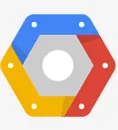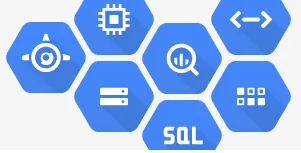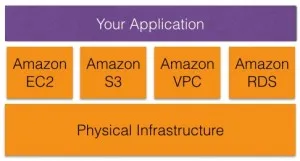Google Cloud Platform for AWS Professionals – Part 1

AWS is undoubtedly the most sophisticated platform in the Cloud Computing world. Having started the business of delivering infrastructure on subscription in the mid-2000s, Amazon has enjoyed the early mover advantage. AWS is considered to be an undisputed leader in the market. But there are viable alternatives emerging in this space. Google Cloud Platform (GCP) is a modern, next generation cloud computing platform that is highly reliable and scalable. It fills the gaps that exist in current IaaS offerings. Amazon EC2 went live in 2008 and since then the landscape has changed significantly. AWS has grown quite big and its legacy compute and networking stack is turning heavy and complex to manage. What seemed to be exciting in 2008 is taken for granted by customers today. Google Cloud Platform is built from the ground up for running modern, web-scale applications. Unlike AWS, Google need not deal with the bag and baggage of legacy technology. While GCE is still new and has to prove itself, its technical architecture is impressive. Instead of focusing on just feature parity with Amazon EC2, GCE is adding additional capabilities that enhance the compute service.

This series aims at equipping AWS customers and professionals with the key concepts to get started with the Google Cloud Platform (GCP). It compares and contrasts GCP with AWS and highlights the key differences. This acts as a quick reference guide that maps the AWS concepts, terminology and scenarios with Google Cloud Platform. If you are already familiar with Amazon EC2, Amazon S3, Amazon VPC and Amazon RDS, you will find this guide helping you leverage your knowledge in getting started with Google Cloud Platform. This guide doesn’t attempt to compare the syntax and the semantics of using the SDK, API or the command line tools. Instead, it provides the big picture of GCP. Part 1 provides an overview of the platform while the remaining parts of this series will introduce the core building blocks of GCP – compute, storage, networking and databases.
Both AWS and Google have massive investments in infrastructure. They have data centers across the globe. These data centers run the physical servers that host the virtualized services of compute, storage, networking and databases. The applications that we deploy consume these abstract services. As a customer, you would only deal with these building blocks.

AWS delivers the compute service through Amazon EC2. The equivalent of this on Google Cloud Platform is Google Compute Engine (GCE). While EC2 is based on the Xen hypervisor, GCE is powered by KVM. Both the platforms offer a variety of instance types to choose from. Customers can attach block storage that provides persistence to VMs. The equivalent of EBS in AWS is the Persistent Disk in GCE. I will cover the concepts related to the compute building block in the next part of the series.
If you are using Amazon S3 for storing static content, Google Cloud Storage is an alternative. You can create

buckets, objects and ACLs on Google Cloud Storage similar to Amazon S3. It is also possible to ship an encrypted disk to Google for an offline / bulk import of data to the cloud storage. GCS uses Amazon S3 API making it compatible with the 3rd party tools that are developed by the rich ecosystem of AWS. I will provide a comprehensive overview of Google Cloud Storage in the storage section of this series.
Amazon VPC provides advanced networking features including the hybrid capabilities. Google Cloud Platform doesn’t have a separate networking service. It is tightly integrated with the compute layer. Google has leveraged its extensive research to bring the benefits of Software Defined Network (SDN) to GCP. Virtual Networking is a first class citizen in the GCE world. The networking part of this series will cover the key features of GCE in the context of Amazon VPC.
Both AWS and GCP offer managed database service. While RDS supports a variety of databases including MySQL, Oracle, MS SQL and PostgreSQL, Google Cloud SQL only supports MySQL. There are similarities between RDS and Google Cloud SQL that will be compared in the databases section of this series.







